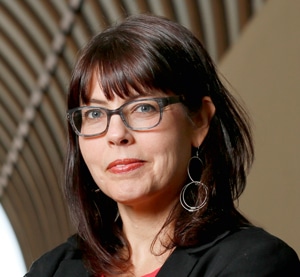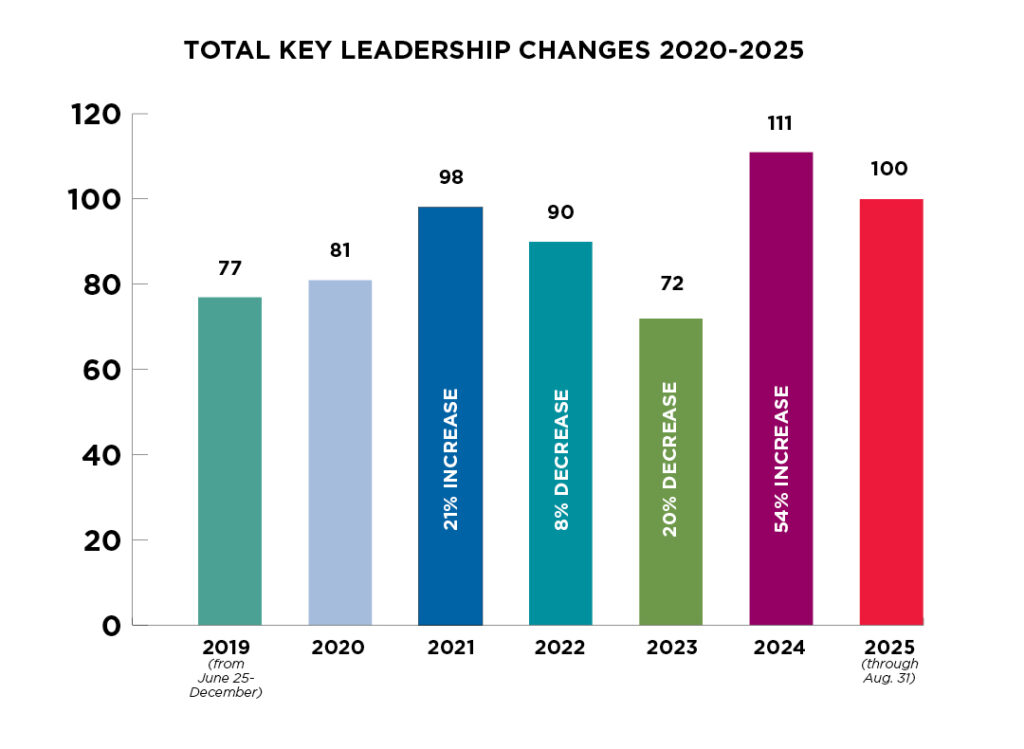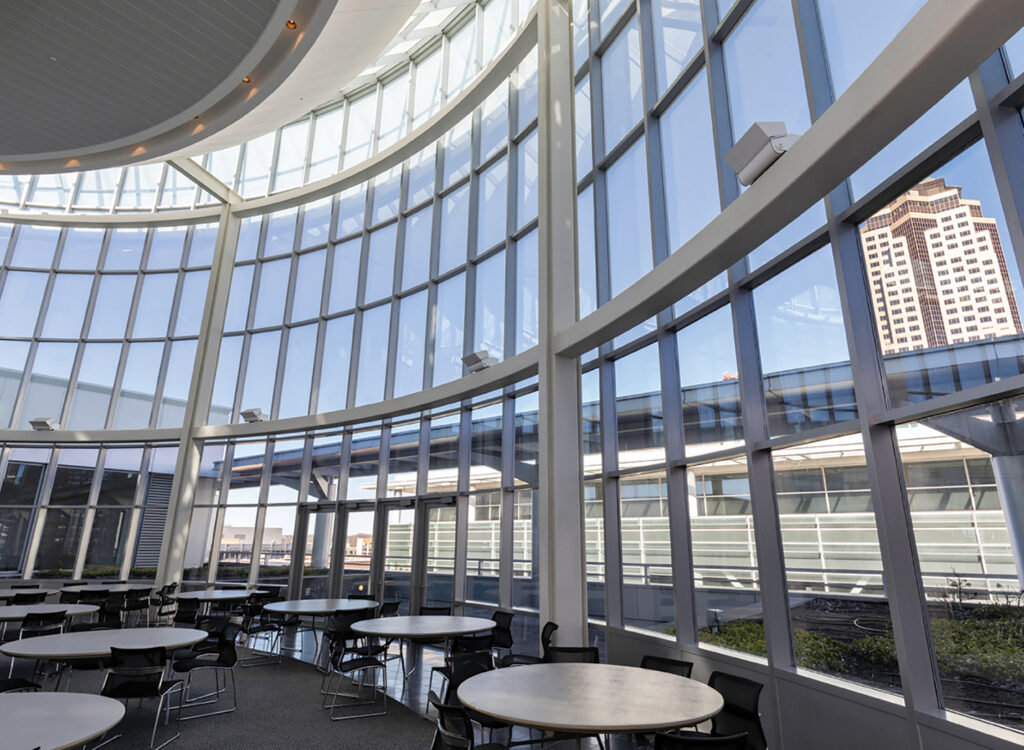Guest Opinion: A need for creative partnerships

Looking recently at the Des Moines Business Record’s announcement of the Forty Under 40 class of 2015, I was struck by how many of the honorees come from community and nonprofit organizations. And, as Iowa cities continue to earn many “bests” – Forbes’ No. 1 city for young professionals (Des Moines); Business Insider’s No. 2 and No. 5 college towns (Ames, Iowa City) – we should add, “best place for creative partnerships.” Because it’s a condition that makes the other “bests” possible.
In a time of shrinking public resources, Iowa has not only been able to maintain economic stability, but also improve residents’ quality of life through unique partnerships among for-profit, nonprofit and government organizations.
These speak volumes about Iowans’ practical innovativeness and humanitarian problem-solving, revealing understanding of the need to combine public interests with business development.
Since I joined the Iowa State University faculty in 2005, my students and I have been fortunate to work with many of these creative partnerships. Prototype affordable housing, post-disaster neighborhood rebuilding and local food accessibility are just some of the areas in which we have engaged local needs and assets.
This work is part of a growing movement called Public Interest Design that reveals how designers can be important components of successful creative partnerships. Movement leader Bryan Bell, founder of the nonprofit Design Corps, will lead the Public Interest Design Institute at Iowa State University March 6-7. Bell defines Public Interest Design as “the practice of design with the goal that every person should be able to live in a socially, economically and environmentally healthy community.”
In other words, everyone has the right to live in a place where they can access amenities like the Principal Riverwalk, the Des Moines Art Center and the High Trestle Trail.
Iowa is well on its way to exemplifying equitable access to arts and culture, recreation and healthy lifestyles, but we still have work to do.
Not all neighborhoods have these amenities.
Those with lower incomes, many single-parent households and many children receiving free and reduced-price lunches would most benefit from these amenities, yet they often have the least access.
Creative partnerships are critical to addressing these issues.
Supporting local businesses by rehabbing vacant storefronts, modifying houses to allow aging in place and building urban farms are just some of the ways in which Public Interest Design can contribute to the vibrancy and quality of life of our communities.
This work requires new ways of thinking about the business of design and design’s role in communities.
This can be challenging for organizations that don’t typically work with designers, and for designers whose work starts with projects articulated by fee-paying clients.
There are, however, a growing number of for-profit, nonprofit and hybrid firms, as well as partnerships with university centers that are expanding the reach of design professions.
At the same time, they’re broadening the abilities of community organizations to serve those in need and holistically improve cities’ quality of life and business climate.










